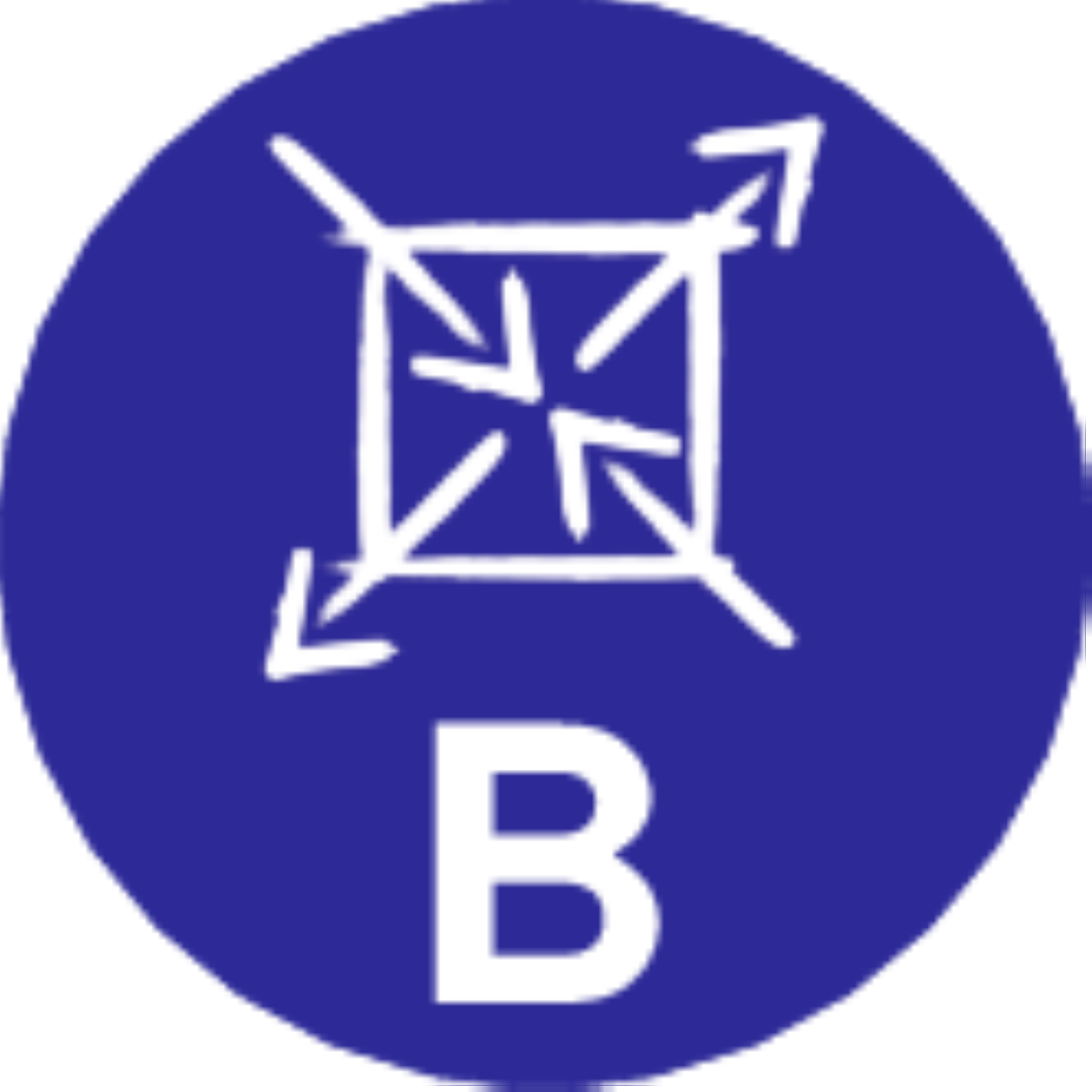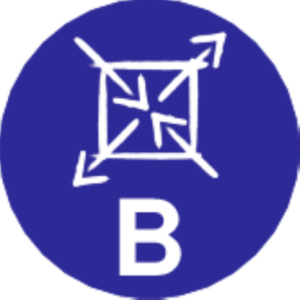B2: Photon scattering from spin-orbit materials
Eva Benckiser, Matthias Hepting, Bernhard Keimer
In the presence of strong spin-orbit coupling, correlated-electron materials display a rich set of emergent phenomena, such as proximate spin liquid phases. We will use Raman scattering and resonant inelastic x-ray scattering (RIXS) to elucidate the microscopic origin of these phenomena in several 4d and 5d electron materialswith frustrated exchange interactions. Furthermore, we will explore soft-chemistry topotactic modifications of the structural and electronic properties of these materials.
Publications
2024 |
|
Radhakrishnan, P.; Rabinovich, K. S.; Boris, A. V.; Fürsich, K.; Minola, M.; Christiani, G.; Logvenov, G.; Keimer, B.; Benckiser, E. Imprinted atomic displacements drive spin–orbital order in a vanadate perovskite Journal Article Nat. Phys. 21, 126 (2024). @article{radhakrishnan_imprinted_2024,Perovskites with the generic composition ABO3 exhibit an enormous variety of quantum states, such as orbital order, magnetism and superconductivity. Their flexible and comparatively simple structure allows for straightforward chemical substitution and cube-on-cube combination of different compounds in atomically sharp epitaxial heterostructures. Many of the diverse physical properties of perovskites are determined by small deviations from the ideal cubic perovskite structure, which are challenging to control. Here we show that directional imprinting of atomic displacements in the antiferromagnetic Mott insulator YVO3 can be achieved by depositing epitaxial films on different facets of the same isostructural substrate. These facets were chosen such that other well-known control parameters, including lattice and polarity mismatch with the overlayer, remain nearly unchanged. We observe signatures of staggered orbital and magnetic order and demonstrate distinct spin–orbital ordering patterns on different facets. We attribute these results to the influence of specific octahedral rotation and cation displacement patterns, which are imprinted by the substrate facet, on the covalency of the bonds and the superexchange interactions in YVO3. Our results show that substrate-induced templating of lattice distortion patterns constitutes a pathway for materials design beyond established strain-engineering strategies. |  |
Wang, L.; Liu, H.; Zimmermann, V.; Yogi, A. K.; Isobe, M.; Minola, M.; Hepting, M.; Khaliullin, G.; Keimer, B. Spin-Orbit Excitons in a Correlated Metal: Raman Scattering Study of Sr2RhO4 Journal Article Phys. Rev. Lett. 132, 116502 (2024). @article{wang_spin-orbit_2024,Using Raman spectroscopy to study the correlated 4d-electron metal Sr2RhO4, we observe pronounced excitations at 220 meV and 240 meV with A1g and B1g symmetries, respectively. We identify them as transitions between the spin-orbit multiplets of the Rh ions, in close analogy to the spin-orbit excitons in the Mott insulators Sr2IrO4 and α−RuCl3. This observation provides direct evidence for the unquenched spin-orbit coupling in Sr2RhO4. A quantitative analysis of the data reveals that the tetragonal crystal field Δ in Sr2RhO4 has a sign opposite to that in insulating Sr2IrO4, which enhances the planar xy orbital character of the effective J=1/2 wave function. This supports a metallic ground state, and suggests that c-axis compression of Sr2RhO4 may transform it into a quasi-two-dimensional antiferromagnetic insulator. |  |
